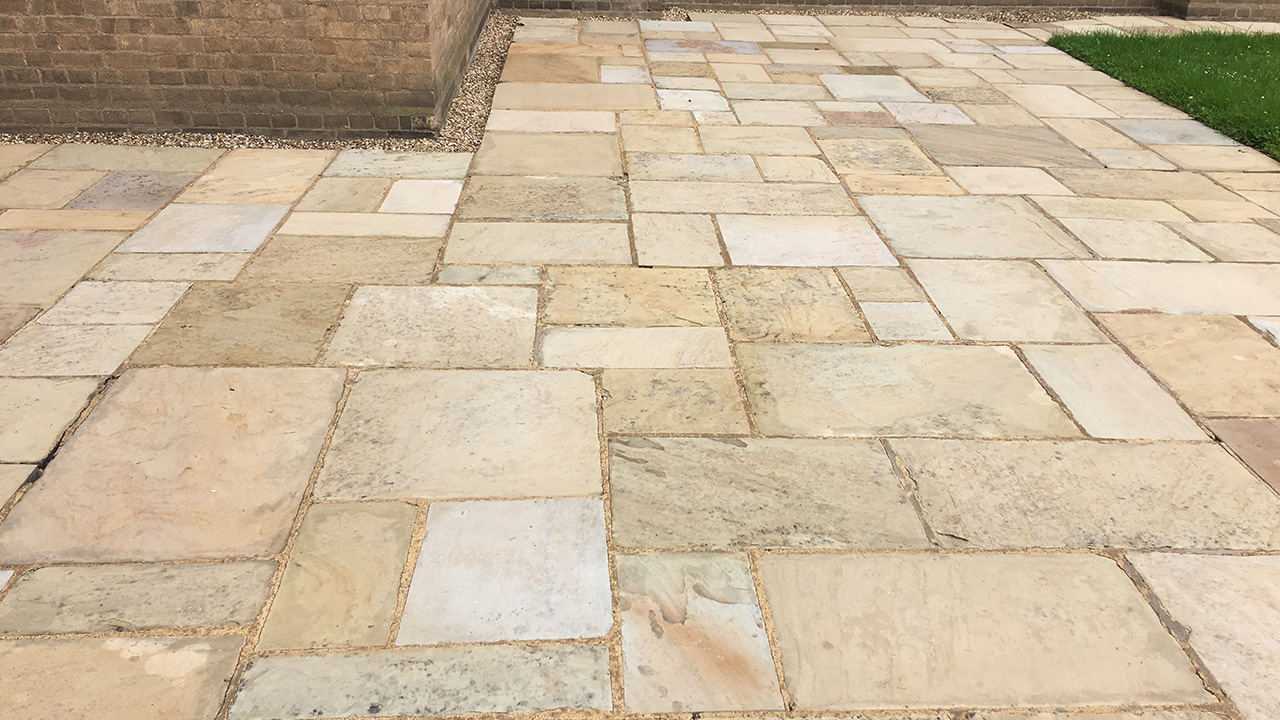Stone is a foundational material throughout architecture and the design of centuries, celebrated for its beauty and sturdiness. However, natural rock surfaces could become broken over time as a result of put on and tear, environment factors, and improper maintenance. Understanding the various stone forms and how to look after them is important for any person looking to preserve the particular elegance and honesty of their home. Stone restoration can be a skilled practice not only restores elegance but in addition enhances the particular longevity of rock surfaces.
In this comprehensive guidebook, we will explore everything you want to know about stone restoration. Coming from the great things about hiring professionals to the dos and don'ts regarding DIY restoration assignments, you'll gain beneficial insights into keeping your natural rock surfaces. If you are working with marble countertops, granite flooring, or even limestone patios, you will discuss effective processes for restoration and maintenance, assisting you avoid typical mistakes. Let's delve deeper into the world of rock to ensure your spaces remain classic and stunning.
Overview associated with Stone Restoration Strategies
Stone repair can be a meticulous approach geared towards preserving in addition to enhancing the advantage of all-natural stone surfaces. This involves various approaches tailored to the actual sort of stone becoming restored, whether it be marble, granite, limestone, or travertine. Each material presents unique challenges and requires an understanding of its properties to ensure effective restoration. Typically the key techniques consist of cleaning, polishing, closing, and repairing harm, focusing on each aesthetic and strength integrity.
One of the many fundamental areas of rock restoration is detailed cleaning. This task often involves using specialized cleaning agents that can effectively remove grime, stains, and dirt without damaging the stone. For softer gems like marble plus limestone, gentle cleansing methods are crucial, when harder stones like granite may withstand more vigorous cleaning techniques. Following cleansing, polishing is implemented to restore the stone's original shine, which can diminish over time as a result of wear plus tear.
Sealing is another critical technique in stone restoration , providing the protective barrier in opposition to stains and moisture. Deciding on the best sealant is vital for different rock types, as being a require regular reapplication while others may offer long-lasting protection. In addition, repairing damage like chips, cracks, or even scratches ensures of which the stone surfaces maintain their structural integrity. By using these techniques, rock restoration not simply revitalizes the appearance regarding the material but also extends its life expectancy.
Benefits of Expert vs. DIY Refurbishment
Choosing in between professional stone recovery services and also a DIY approach involves considering the benefits associated with each. Professional restorers bring expertise and experience to the table, guaranteeing that the recovery process is done correctly and efficiently. These are equipped with specialised tools and techniques that can tackle uncooperative stains, scratches, in addition to etching, which may possibly be difficult for the DIYer to control. Additionally, professionals provides tailored solutions based on the certain type of natural stone as well as its condition, which often results in better results and longevity involving the restoration.
On the other hand, DIY restoration can be interesting for those looking to cut costs or even enjoy the fulfillment of completing task management themselves. However, it often comes with risks, for instance damaging the particular stone due in order to improper techniques or even using the incorrect cleaning products. For example, harsh chemicals may harm natural stone surfaces, resulting in even more deterioration. While DO-IT-YOURSELF methods may offer you immediate visual improvement, they might not really provide the similar standard of protection and even care that expert services ensure, probably resulting in more frequent maintenance needs.
Ultimately, the choice between professional in addition to DIY restoration depends on the particular project and specific circumstances. For elaborate or valuable rock surfaces, investing throughout professional restoration may be worthwhile, mainly because it safeguards the investment decision and ensures top quality results. Conversely, intended for minor touch-ups or less expensive surfaces, a well-informed DO-IT-YOURSELF approach may be enough. Understanding these advantages can help homeowners make an informed choice on the subject of restoring their natural stone surfaces.
Maintenance Tips intended for Different Stone Types
Proper upkeep is crucial intended for preserving the beauty and longevity of various stone sorts. For marble floors, it's important to work with a pH-neutral cleaner to prevent etching and dulling the finish. Regularly applying a top quality marble sealer will control stains and even moisture. It's in addition wise to avoid acidic substances, for example vinegar or citrus, which in turn can harm marble's surface.
If it comes to granite, keeping this clean and appropriately sealed is essential. Make use of a mild meal water and soap for everyday cleaning, and guarantee to reseal the countertops every six to twelve months, depending on consumption. In the event of chips or even scratches, it’s generally better to consult the professional for fix to avoid further damage.

Limestone and travertine need special attention due to their porous nature. They must be cleaned with a new soft cloth and a stone-safe clean, and sealing must be done regularly to prevent spills and water damage. For outdoor surfaces, consider utilizing a gentle pressure wash to remove debris while being cautious never to damage the stone. Typical upkeep not merely improves appearance and also stretches living of those natural stones.
